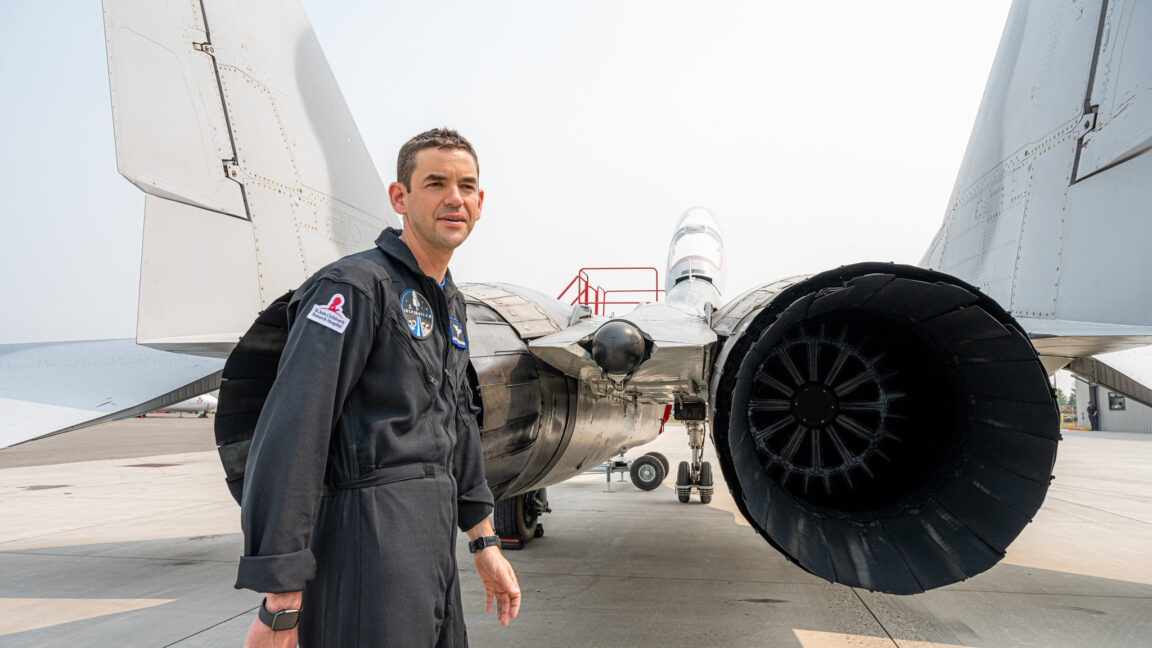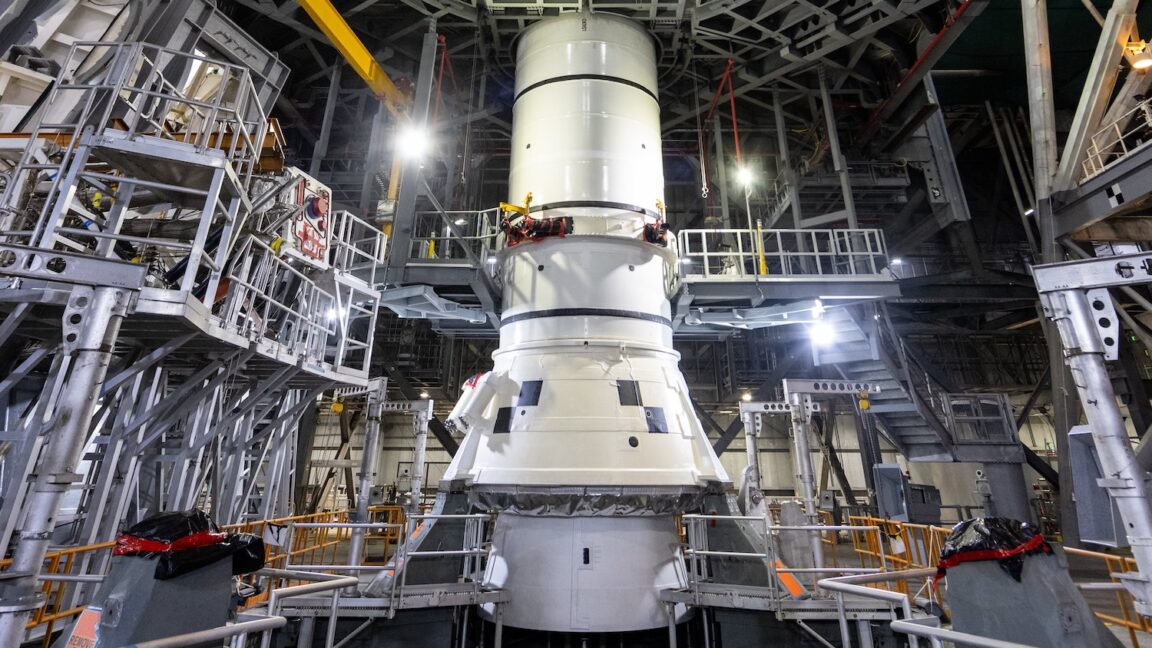NASA’s boss-to-be proclaims we’re about to enter an “age of experimentation”
ORLANDO, Florida—On Wednesday, Jared Isaacman made his first public appearance since his nomination earlier this month to become NASA's next administrator. Although his remarks were short on specifics, Isaacman endorsed a vision that would signal radical departures from the way NASA does business.
He talked of commercial investment, a thriving space economy, and going fast and taking risks. These talking points are familiar to anyone who has listened to NASA's leadership in recent years, and there has been tangible progress in the agency's partnerships with commercial companies. However, NASA is leaving some commercial expertise on the field, or in this case, on the ground.
"I love all about the commercial space industry right now," Isaacman said in a discussion at the Space Force Association's Spacepower Conference in Orlando, Florida. "They’re all generally doing the same thing, which is putting a lot of their own dollars on the line because they believe in the future that it holds."


© John Kraus










